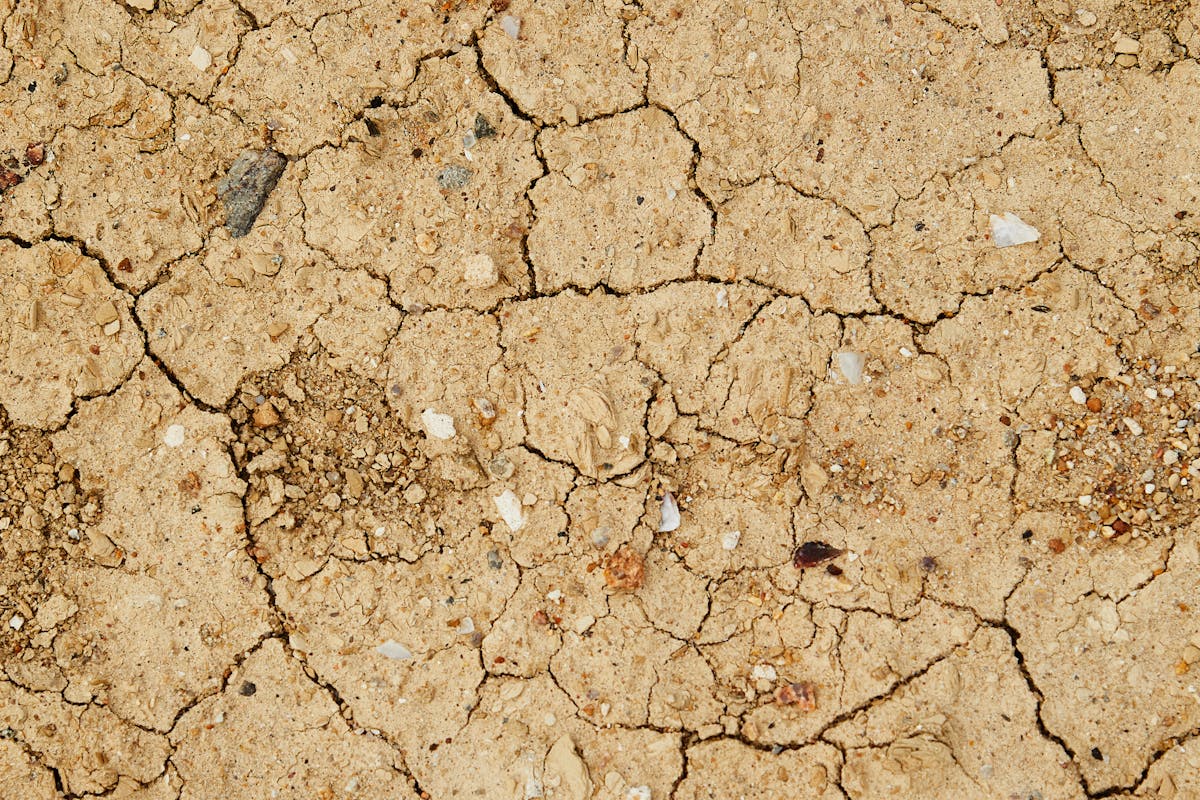Emergencies can happen anytime. They can be small or big, natural or man-made. Knowing what types of emergencies exist and how to prepare for them can make a huge difference. Let’s dive into the different kinds of emergencies and see how you can be ready.
What is an Emergency?
An emergency is a situation that requires immediate action. It can threaten lives or cause injuries. Sometimes, it can damage property. Being prepared means you can respond quickly and effectively.
Types of Emergencies.
Emergencies can be grouped into several categories. Here are the most common types:
1. Natural Disasters.
Natural disasters happen due to nature. They can be sudden and destructive. Here are a few examples:
- Earthquakes: These can strike without warning. They can cause buildings to collapse and create chaos.
- Hurricanes: Strong winds and heavy rain can flood areas and uproot trees.
- Floods: Heavy rain or melting snow can lead to water rising in streets and homes.
- Wildfires: Dry conditions can spark fires that spread quickly.
Preparation Tip: Know your area’s risks. Have an emergency kit ready with food, water, and first-aid supplies. Create a family plan for what to do during these events.
2. Medical Emergencies.
These emergencies involve health issues that need quick attention. Common situations include:
- Heart Attacks: Recognizing the signs can save lives.
- Allergic Reactions: Severe allergies can lead to anaphylaxis, which is life-threatening.
- Injuries: Accidents can happen at home, work, or while playing sports.
Preparation Tip: Learn basic first aid. Keep a first-aid kit in your home and car. Know how to contact emergency services quickly.
3. Technological Emergencies
These emergencies often stem from technology failures. Some examples are:
- Power Outages: Losing electricity can disrupt daily life.
- Cyber Attacks: These can lead to data breaches and loss of personal information.
- Chemical Spills : Accidents in factories or transport can release harmful substances.
Preparation Tip: Keep backup power sources, like batteries or generators. Use strong passwords and update them regularly. Stay informed about your local infrastructure.
4. Man-Made Emergencies
These emergencies are caused by human actions. They include:
- Terrorism: Acts of violence aimed at civilians can create panic.
- Violence : This can occur in public places or homes.
- Civil Unrest: Protests can sometimes turn violent.
Preparation Tip: Stay aware of your surroundings. Have a plan for where to go and how to stay safe in crowded areas.
Why Preparation Matters.
Preparation is crucial. It can mean the difference between safety and danger. Here’s why:
- Reduces Panic : Knowing what to do helps you stay calm.
- Saves Time: Quick action can save lives.
- Protects Property: Being prepared can minimize damage.
Steps to Prepare for Emergencies
Here’s how you can get ready for any situation:
1. Create a Plan
Sit down with your family. Discuss how to respond to different emergencies. Make sure everyone knows the plan. Practice it together.
2. Build an Emergency Kit.
Your kit should include:
- Water (one gallon per person per day for three days)
- Non-perishable food (enough for three days)
- Flashlight and extra batteries
- First-aid supplies
- Whistle (to signal for help)
- Dust mask (to help filter contaminated air)
- Multi-tool or knife
- Personal documents (insurance info, IDs)
3. Stay Informed.
Keep up with news and alerts. Many local governments have apps or websites where you can get updates. Social media can also be a good source of information.
4. Know Your Neighbors.
Having a support system can be invaluable during an emergency. Get to know your neighbors. Exchange contact information and share your emergency plans.
5. Practice Regularly
Regular drills can help everyone remember the plan. Make it a family activity. It can be fun and educational.
What to Do During an Emergency
When an emergency strikes, stay calm. Follow these steps:
- Assess the Situation: Understand what is happening.
- Follow Your Plan: Use the plan you practiced.
- Stay Informed: Listen to news updates and alerts.
- Help Others: If you can, assist those around you.
After an Emergency.
Once the emergency is over, check in with your family and neighbors. Make sure everyone is okay. Assess any damage and take care of any injuries.
Review and Adjust.
After the event, review your emergency plan. What worked well? What didn’t? Adjust your plan and kit as needed. This makes you even more prepared for the future.
Understanding the different types of emergencies is key to being prepared. Whether it’s a natural disaster, a medical issue, or something man-made, having a plan can save lives. Take the time to prepare. It may seem like a lot of work, but being ready is worth it.
Remember, emergencies can happen at any time. Don’t wait until it’s too late. Start your preparation today!


